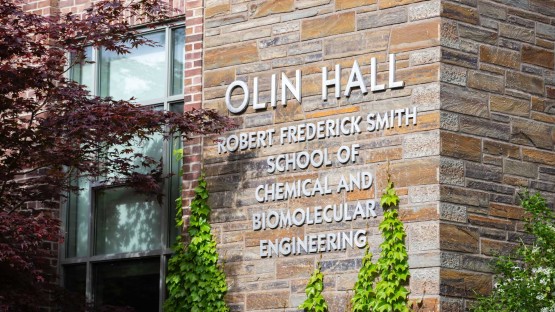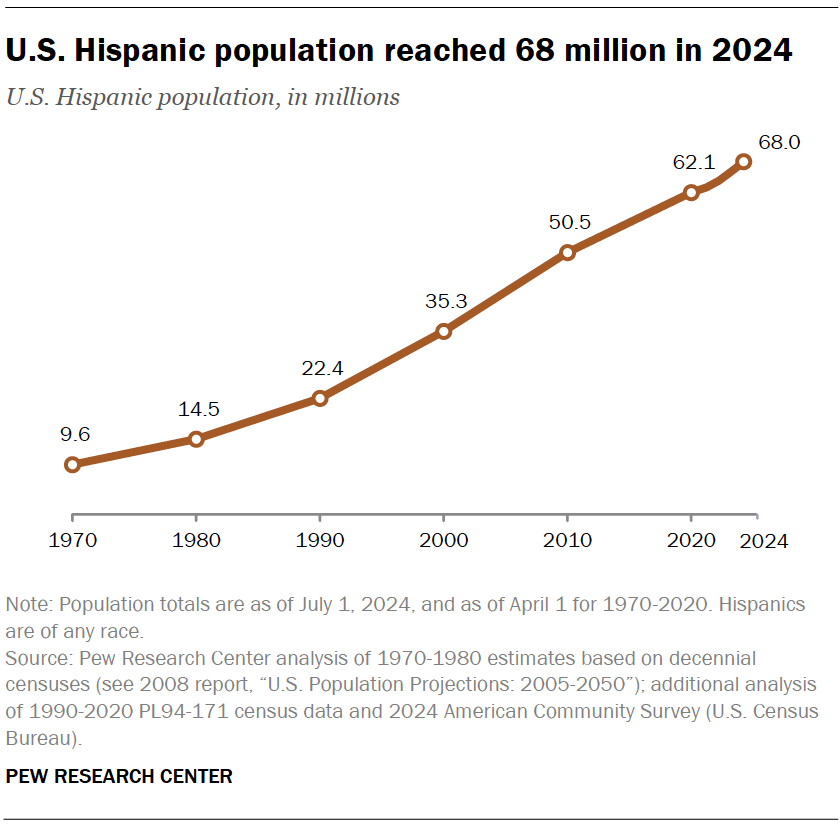Cornell Engineering Initiative to Align Curriculum with Sustainable Development Goals
Project Overview
Cornell University’s R.F. Smith School of Chemical and Biomolecular Engineering has launched a five-year project, supported by a National Science Foundation (NSF) Revolutionizing Engineering Departments (RED) grant, to fundamentally restructure its undergraduate curriculum. The initiative is designed to align engineering education with pressing global challenges, with a significant focus on advancing the United Nations’ Sustainable Development Goals (SDGs).
Advancing Quality and Inclusive Education (SDG 4)
A primary objective of the project is the enhancement of educational quality, equity, and inclusivity, directly addressing the targets of SDG 4 (Quality Education). The school is undertaking a complete overhaul of its teaching and learning processes, backed by unanimous commitment from its faculty and staff. Key strategies include:
- Adopting a research-backed, iterative approach to curriculum development and pedagogical innovation.
- Integrating expertise from new faculty hires who specialize in engineering education research, inclusive practices, and workforce development.
- Fostering a culture of continuous improvement to ensure the educational framework remains relevant and effective.
Fostering Innovation for Sustainable Industry (SDG 9)
The initiative seeks to create a “Living Laboratory Ecosystem” that cultivates the innovative capacity of its students, a core component of SDG 9 (Industry, Innovation, and Infrastructure). This educational model is designed to prepare engineers to develop sustainable solutions for future industrial and societal needs. The ecosystem’s operational principles are:
- To reward the exploration of new questions and the testing of innovative approaches to complex problems.
- To embrace failure as an integral part of the learning and innovation cycle.
- To continuously apply new knowledge and methods to tackle local, national, and global challenges, thereby building resilient infrastructure and promoting sustainable industrialization.
Preparing Engineers for Global SDG Challenges
The reformed curriculum is explicitly structured to equip future chemical engineers with the competencies required to address a wide spectrum of global challenges encapsulated by the SDGs. The program aims to produce graduates capable of making significant contributions toward:
- SDG 6: Clean Water and Sanitation
- SDG 7: Affordable and Clean Energy
- SDG 11: Sustainable Cities and Communities
- SDG 12: Responsible Consumption and Production
- SDG 13: Climate Action
Strategic Partnerships for Systemic Change (SDG 17)
This project exemplifies the collaborative approach of SDG 17 (Partnerships for the Goals). The NSF grant represents a vital partnership between a federal agency and an academic institution to achieve national educational objectives. Furthermore, the comprehensive internal commitment from all school personnel provides a powerful model for effective organizational change. The long-term goal is for this initiative to serve as a replicable framework, inspiring other institutions to form their own partnerships and revolutionize engineering education on a national scale.
Conclusion: A Vision for National Impact
The R.F. Smith School’s initiative aims to create a lasting impact that extends beyond its own institution. By transforming the educational paradigm for chemical engineers, the project intends to foster the development of human capital essential for addressing the world’s most critical sustainability challenges. This effort represents a foundational step in driving the national-level changes required to achieve the Sustainable Development Goals and ensure future prosperity.
SDGs Addressed in the Article
SDG 4: Quality Education
- The article’s central theme is the revolutionizing of undergraduate engineering education at Cornell University. The R.F. Smith School has received a grant to “update the undergraduate curriculum, completely overhaul how it is delivered and reshape the school’s culture.” This directly aligns with the goal of ensuring inclusive and equitable quality education by focusing on enhancing the learning process and improving educational methods.
SDG 9: Industry, Innovation, and Infrastructure
- The initiative aims to prepare engineers for a “changing world” and to tackle “local, national and global challenges.” By transforming how engineers are educated, the project directly contributes to building a resilient infrastructure and fostering innovation. The creation of highly skilled “human capital” is essential for enhancing scientific research and upgrading the technological capabilities of industries.
Specific Targets Identified
Targets for SDG 4: Quality Education
-
Target 4.3: By 2030, ensure equal access for all women and men to affordable and quality technical, vocational and tertiary education, including university.
- The article addresses this target by focusing on improving the quality of tertiary (university) education in a technical field (engineering). The hiring of a professor specializing in “practices for inclusive education” also points towards the goal of ensuring the new educational model is accessible and effective for all students.
-
Target 4.4: By 2030, substantially increase the number of youth and adults who have relevant skills, including technical and vocational skills, for employment, decent jobs and entrepreneurship.
- The project’s primary motivation is that “the world is changing and so are its needs and opportunities.” The goal is to update the curriculum to better prepare engineers with relevant skills for the future workforce. The focus on “engineering workforce development” and how students “enter engineering career fields” directly supports this target.
-
Target 4.7: By 2030, ensure that all learners acquire the knowledge and skills needed to promote sustainable development.
- While not explicitly mentioned, preparing engineers to tackle “global challenges” inherently includes equipping them with the knowledge and skills to address issues of sustainability. Revolutionizing engineering education is a foundational step toward creating professionals who can contribute to sustainable development.
Targets for SDG 9: Industry, Innovation, and Infrastructure
-
Target 9.5: Enhance scientific research, upgrade the technological capabilities of industrial sectors in all countries…and substantially increase the number of research and development workers.
- The project is an investment in “engineering education research” itself, which is a form of enhancing scientific research. By producing better-trained engineers through an innovative “Living Laboratory Ecosystem,” the school aims to create “the human capital that will serve our nation well,” directly contributing to the pool of talent available for research, development, and upgrading industrial capabilities.
Indicators for Measuring Progress
Indicators for SDG 4: Quality Education
- Implied Indicator for Target 4.4: The article mentions research on “engineering workforce development.” Progress could be measured by tracking the employment rates of graduates, their career progression, and their ability to adapt to the changing needs of the engineering industry.
- Implied Indicator for Target 4.3: The article describes a “research-backed, iterative approach” to “enhance learning.” Progress can be measured through internal assessments of student learning outcomes, retention of technical knowledge, and research publications on the effectiveness of the new teaching methods and inclusive practices.
Indicators for SDG 9: Industry, Innovation, and Infrastructure
- Implied Indicator for Target 9.5: The article states a hope to have “inspired others to think about starting their own revolutions.” A key indicator of success would be the adoption of this innovative educational model or similar approaches by other universities and engineering departments, signifying a national-level change in fostering innovation through education. The number of research outputs from the “Living Laboratory Ecosystem” would also serve as a direct indicator.
Summary Table of SDGs, Targets, and Indicators
| SDGs | Targets | Indicators (Implied from the Article) |
|---|---|---|
| SDG 4: Quality Education | Target 4.3: Ensure equal access to quality technical, vocational and tertiary education. | Improved student learning outcomes and retention rates; research publications on the effectiveness of new, inclusive teaching methods. |
| SDG 4: Quality Education | Target 4.4: Increase the number of youth and adults with relevant skills for employment. | Employment rates and career progression of graduates in relevant engineering fields. |
| SDG 9: Industry, Innovation, and Infrastructure | Target 9.5: Enhance scientific research and upgrade technological capabilities. | Adoption of the innovative educational model by other institutions; number of research outputs from the new program. |
Source: news.cornell.edu







